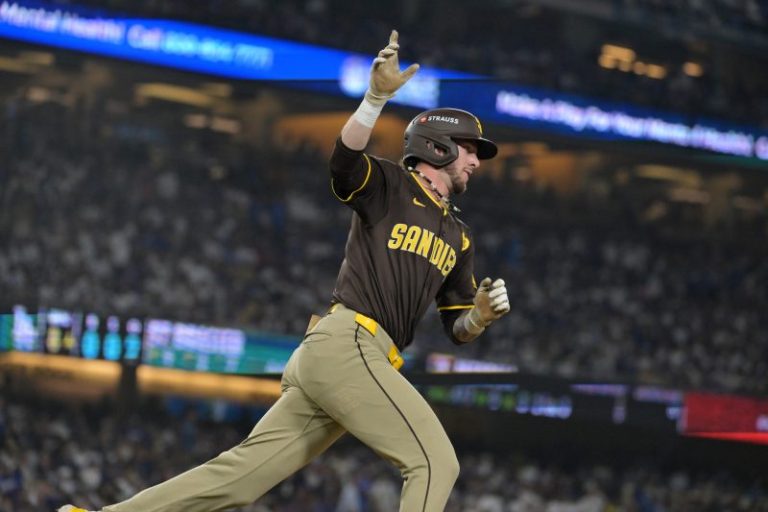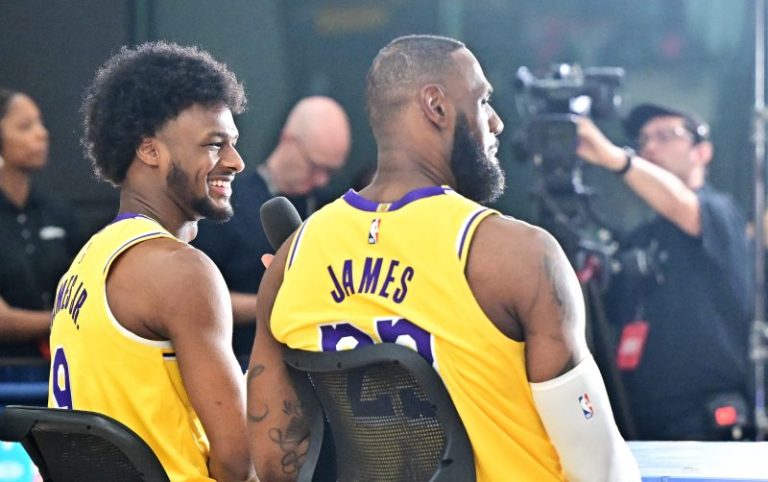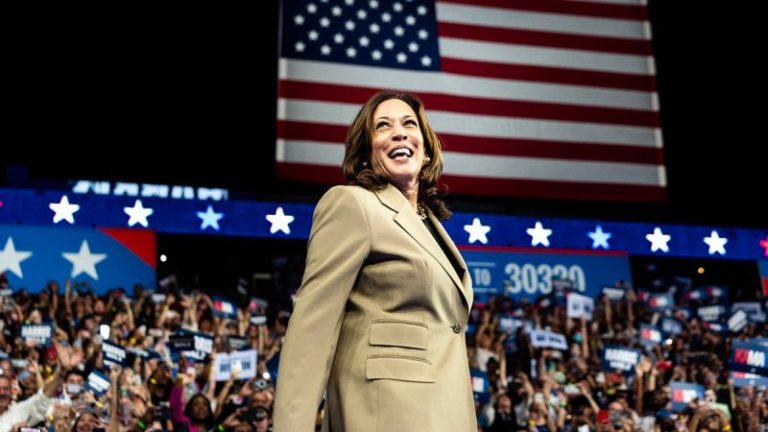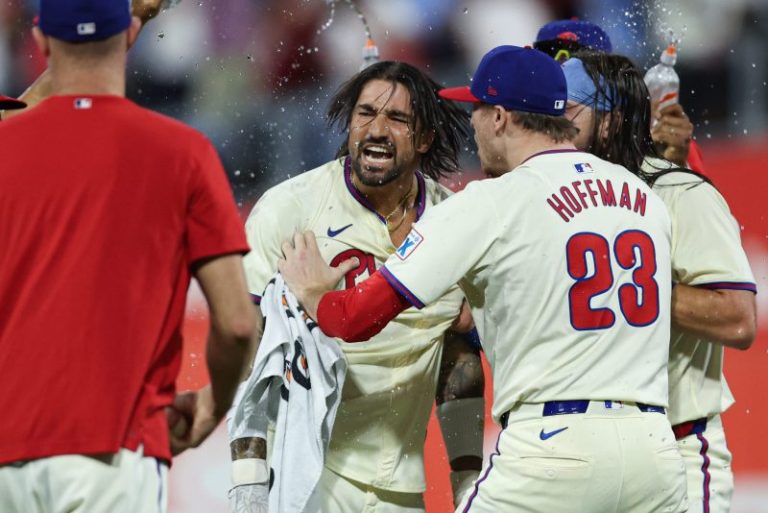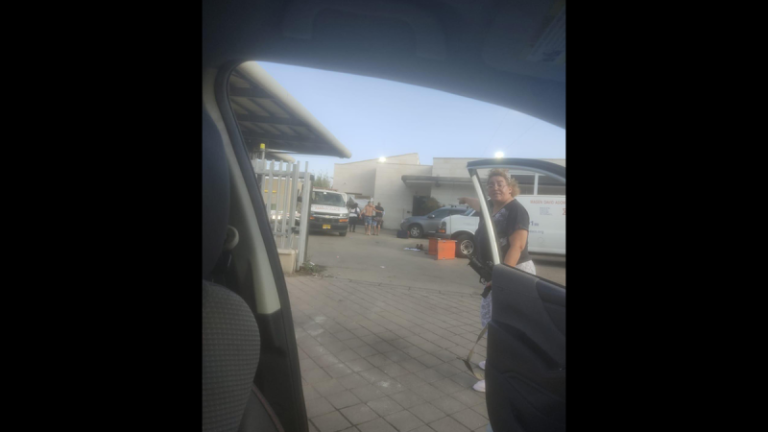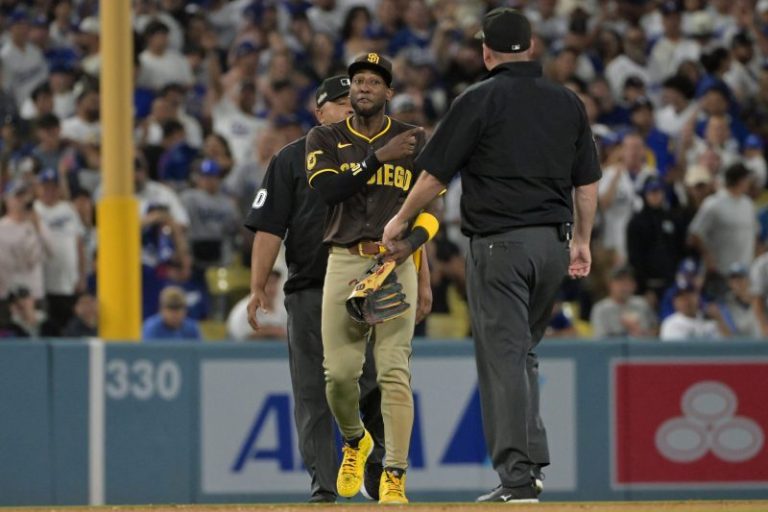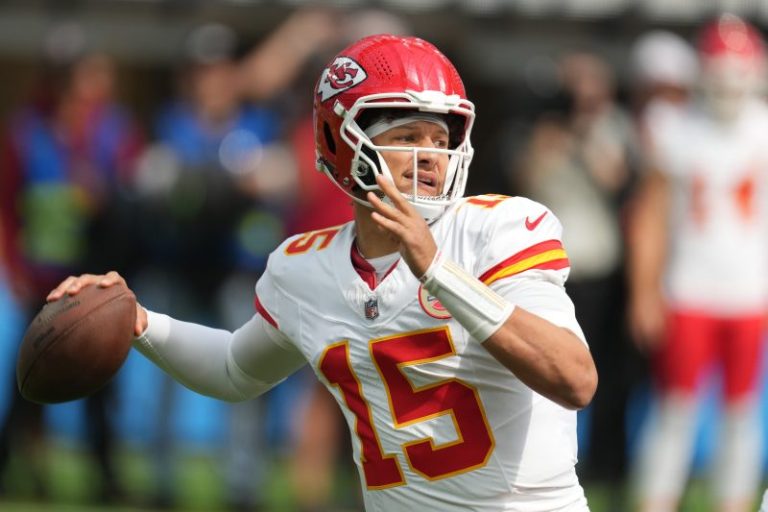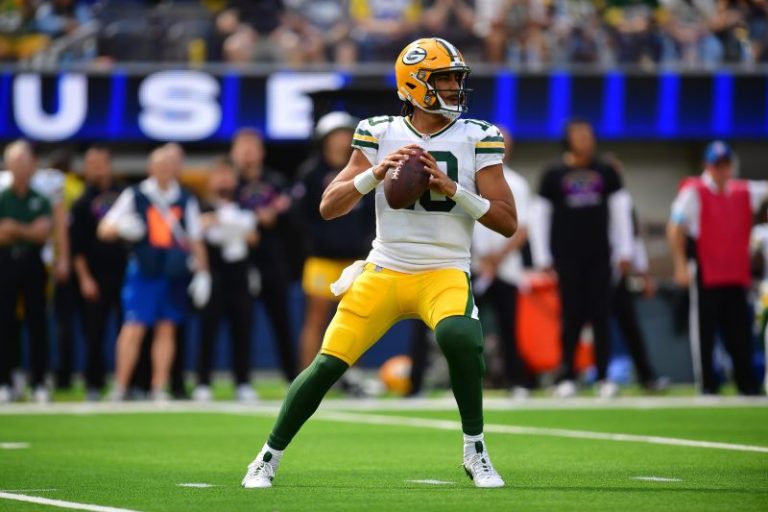Even before their National League Division Series began, it was clear there was only one way the Los Angeles Dodgers would get through the playoffs and get a shot at their first full-season World Series title since 1988:
Play bully ball.
A club dogged for the past decade by quizzical pitching decisions and tragi-comic playoff pratfalls entered this tournament with no delusions. Clayton Kershaw was on ice. Tyler Glasnow couldn’t make it through the entire season. The back end of the rotation was a mystery. Forget “run prevention.” Instead, follow Shohei Ohtani’s lead and try to bludgeon opponents.
Yet Sunday night, with a chance to take a 2-0 lead over the San Diego Padres, the Dodgers got punked in their own yard.
The Padres fairly pranced around all four corners of Dodger Stadium – robbing home runs and deking fans, stutter-stepping while rounding third on a home run trot, holding a dugout team meeting and then backing it up moments later with game-sealing home runs.
Follow every MLB game: Latest MLB scores, stats, schedules and standings.
Most of all, in the face of hostility, the Padres – and most notably venerable starting pitcher Yu Darvish – kept their cool.
When it was over, San Diego had a 10-2 victory and a 1-1 NLDS tie. Michael King, probably the best pitcher not named Zack Wheeler still standing in this NL playoff pool, awaits a pivotal Game 3 starting assignment. The vibes in this series did a 180 since Game 1, when Ohtani destroyed a baseball for a three-run homer in his second career playoff at-bat and the Dodgers roared back from a three-run deficit for a 7-5 victory.
Now? The Dodgers, who invested more than $1 billion in payroll last winter, led by a $700 million outlay for the great Ohtani, will be lucky to get out of Petco Park with their season alive. Game 3 is Tuesday night in San Diego.
Yet for a few tense moments before the bottom of the seventh inning, it was an open question if the Padres would escape Dodger Stadium unscathed.
A burgeoning rivalry, flames fanned by three playoff meetings since 2020, was kicked up several notches on this night before 54,119 energized fans. They booed lustily when Fernando Tatis Jr., the game’s second batter, clubbed a Jack Flaherty pitch into the left field pavilion and then did his stutter-step and skip around third base.
That left field corner then became the game’s flashpoint in the bottom of the first.
No. 2 hitter Mookie Betts ripped a ball into the corner that seemed bound for the seats. Padres left fielder Jurickson Profar scrambled back toward the very short wall near the foul pole. He leaped into a sea of fans – well beyond the barrier, meaning the ball was fair game for player, spectator, beer vendor – and stuck his glove into a sea of hopeful fans.
When Profar hopped in apparent frustration and stared into the crowd, it appeared Betts had tied the game 1-1.
Surprise!
Profar had the ball in his glove.
A half-inning later, David Peralta slugged a two-run homer for a 3-0 lead and on this night, the Padres would never be caught. Ohtani would not reach base.
The fusillade did not stop: San Diego slugged six home runs, two of them in the top of the eighth, shortly after L.A. villain and Padre hero Manny Machado gathered the team in the dugout, imploring them to be cool.
And so much transpired in between, much of it failing to cover the principals in glory.
Top sixth, still just a 3-1 game: Flaherty drilled Tatis in the leg with a pitch, bringing up Profar. The veteran outfielder and Dodgers catcher Will Smith then jawed at each other as Profar settled in the box. Smith, few might recall, termed Profar “irrelevant” after Profar complained about getting hit by a pitch.
Now, the dirty laundry was hung on national TV.
Machado screamed from the on-deck circle. Profar laid down a perfect bunt. Flaherty struck out Machado, and told him in language as blue as his cap to “sit down.”
Only it was Flaherty also sitting down, after a middling pitching performance, and as he and Machado continued to jaw, Flaherty would be charged with his fourth earned run after rookie Jackson Merrill ripped an RBI single off reliever Anthony Banda.
Flaherty later told reporters the extended back-and-forth with Machado came after the Padres third baseman threw a ball toward the Dodgers dugout.
It was 4-1 and just getting fun – based on what you may consider fun.
Bottom seven: Profar, perhaps trying to make friends but also attracting many more enemies, gives a warm-up ball to a fan in left field. Moments later, that ball would be tossed back on the field, along with another ball tossed a bit closer to Profar’s orbit.
He was aggrieved, rightly. The Padres and manager Mike Shildt gathered in shallow left field. Security was summoned. A public-address announcement warned of objects thrown on the field resulting in ejection or other punishment.
And then a hail of beer and trash rained on the warning track in right field.
‘I’ve never seen anything like that,’ says Dodgers manager Dave Roberts in a postgame press conference. ‘Obviously there’s a lot of emotions and things like that but that’s something that should never happen.’
Says Profar: ‘Yes, I was upset. You can hurt someone. I hope our people in San Diego don’t do that.’
The last forfeit in Major League Baseball came here, in 1995, when a “Ball Night” promotion went very bad. This incident wouldn’t sink to that low – just an eight-minute delay in which Darvish opted to squat on the mound and stare out at it all, calmly taking it in.
The delay did not stifle him. Darvish pitched seven excellent innings, striking out just three but needing only 82 pitches to complete nearly three full trips through the Dodger lineup.
It probably won’t matter, but the chirping and the ballchucking might have served to galvanize the Padres just a little bit more.
‘What I got out of it was a bunch of dudes who showed up in a big hostile crowd with stuff thrown at ‘em and said, ‘We’re gonna talk with our play,’’ says Padres manager Mike Shildt. ‘We’re not going to back down. We’re going to elevate our game. We’re going to be together.
‘And we’re going to take care of business.’
Other vital signs are not good for the Dodgers.
Freddie Freeman had to leave the game when his sprained ankle flared up once again; he’s more or less day-to-day for as long as the Dodgers survive this October. Flaherty gave up as many runs – four – as he elicited swings and misses from the Padres lineup. Walker Buehler will start Game 3, and L.A. will be significant underdogs to King, who struck out 12 Atlanta Braves in the wild card round.
San Diego’s barely more than 100 miles away, but it will be a world apart. The Padres proved their mettle on the road.
Now it is the Dodgers’ turn to try and play bully. It’s the only way they can win this series – but only if their bats exceed their bluster.
The USA TODAY app gets you to the heart of the news — fast. Download for award-winning coverage, crosswords, audio storytelling, the eNewspaper and more.

